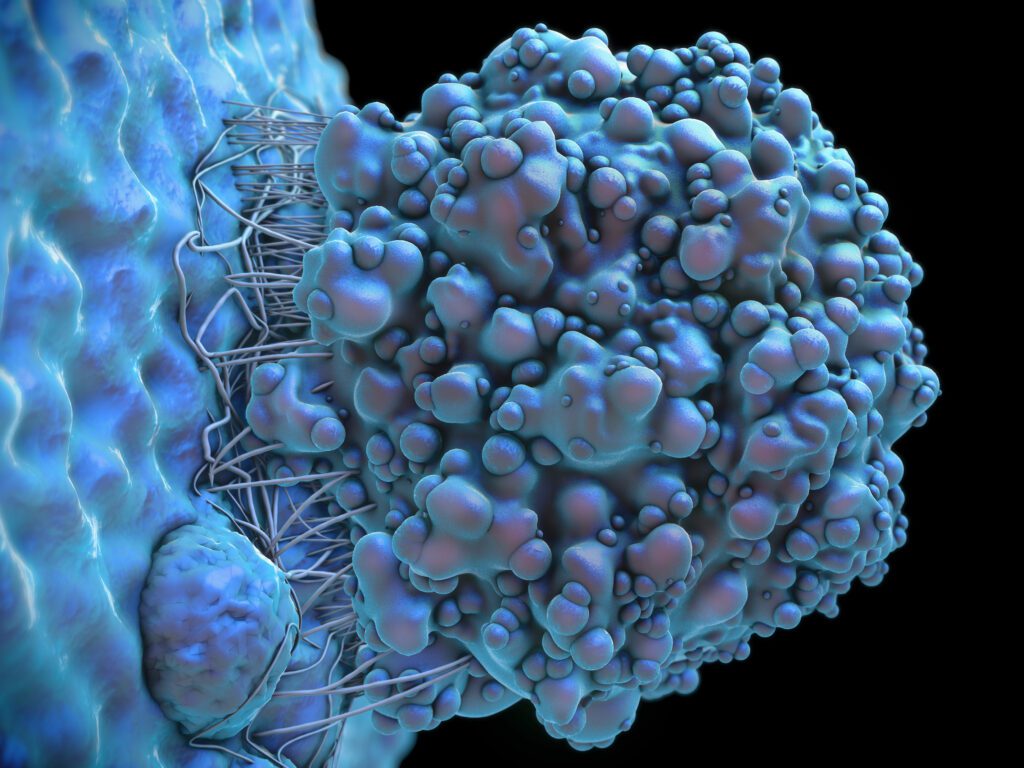Brain tumors are a major cause of cancer-related death, and metastatic brain tumors are particularly difficult to treat. Brain tumors pose significant challenges to scientists in terms of understanding their development and progression, and finding effective treatment options.
Preclinical in vivo models have proven to be instrumental for developing new treatments for brain tumors, and orthotopic and metastatic brain tumor models are two of the most important types. These models allow researchers to study the tumor development, microenvironment, the metastatic process, and the effects of new drugs in a more accurate and controlled setting than is possible in human patients.
Orthotopic Brain Tumor Models
Orthotopic models entail the direct implantation of brain tumor cells or tissue into the specific brain region of interest in animals, aiming to replicate the location, microenvironment, and growth patterns observed in human patients. This allows for a more accurate representation of the clinical disease to help understand the challenges of treating brain tumors.
The most commonly used method to establish orthotopic brain tumor models is stereotactic injection. Using this method, tumor cells are precisely injected into specific brain regions with a stereotactic device. This ensures the tumor cells are implanted in the desired location and that the tumor growth is more representative of what occurs in human patients.
Two common types of orthotopic brain tumor models are cell line-derived xenografts (CDX), syngeneic, and patient-derived xenografts (PDX). CDX and syngeneic models use immortalized cancer cell lines that are well-characterized, reproducible, and cost-effective. PDX models involve resected tumor tissue directly from brain tumor patients that have been maintained in mice. These models provide a more clinically relevant representation of human brain tumors as they better reflect the heterogeneity and complexity of these tumors.
Metastatic Brain Tumor Models
The metastatic process is a complex series of dynamic steps that involve carcinoma cells leaving the primary tumor, intravasating into the vasculature, extravasating into foreign tissue, and adapting to the new microenvironment. This process is highly inefficient, with the majority of cancer cells failing along the way.
Brain metastasis is particularly challenging due to the unique brain microenvironment, including tissue-resident cells and the blood-brain barrier.
To study the formation of brain metastasis and develop new therapies, preclinical in vivo models are essential. Metastatic brain tumor models focus not only on studying the process of tumor spread from primary sites to the brain, but also how they develop in the brain. Non-brain-origin CDX/syngeneic/PDX cells, such as lung and cancer lines, are introduced into animals using various methods, including intracarotid injection, intracardiac injection, and intracranial injection. These models can recapitulate the complexity of the process and the development of therapies that can prevent or slow the spread of cancer to the brain.
- Intracarotid injection: Tumor cells are injected into the carotid artery, enabling them to travel to the brain through the bloodstream
- Intracardiac injection: Directly injecting tumor cells into the left ventricle of the heart, facilitating their journey to the brain via the circulatory system
- Intracranial injection: Directly injecting tumor cells into the brain, similar to orthotopic models
The choice of the model depends on the scientific question being asked. Reductionist models provide faster insights but may lack relevance in more complex settings. On the other hand, models that replicate the heterogeneity and complexity of human disease are needed for testing new therapies and biomarkers.

In both orthotopic and metastatic brain tumor models, researchers can closely monitor tumor growth, investigate the interactions between tumor cells and the surrounding brain tissue, evaluate tumor responses to different therapies, and delve into mechanisms of tumor invasion and metastasis.
These models have been pivotal in understanding the underlying biology of brain tumors and have laid the groundwork for identifying potential therapeutic strategies. They serve as valuable platforms for testing new therapeutic strategies, including chemotherapy drugs, targeted therapies, immunotherapies, and novel delivery systems, enabling researchers to gain critical insights before moving on to clinical trials.
Orthotopic and metastatic brain tumor models are valuable tools for preclinical research. These models allow researchers to study the biology of brain tumors in a more controlled and relevant setting than is possible in human patients. This has led to the development of new and effective treatments for brain tumors, and it will continue to be an important area of research in the years to come.




